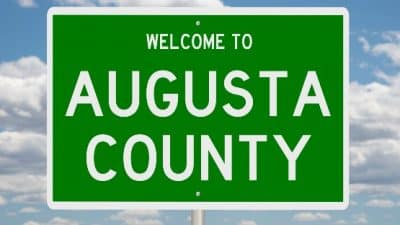
Submit guest columns: [email protected]
Forty years ago, 20 million Americans took to the streets to celebrate the first Earth Day. Their agenda was wide-ranging: pollution, smog, endangered species. But one issue—population growth—was seen as the mother of all environmental problems. As Paul Ehrlich, author of The Population Bomb, famously remarked: “Whatever your cause, it’s a lost cause without population control.”
Fast-forward to Earth Day 2010. Climate change and other looming environmental threats make the concerns of 1970 look downright tame. Meanwhile, world population has grown from 3.7 billion in 1970 to 6.8 billion today—an increase of 84 percent. Yet population growth, for the most part, has fallen off the environmental agenda.
Why? The reasons are complex, but here’s the short version. Concern about population growth launched a worldwide movement to promote family planning, and it worked: Fertility rates fell, population growth rates slowed and the “population bomb” was defused. At the same time, while family planning has had huge benefits for human health and well-being, some programs trampled women’s rights in pursuit of lower birth rates. Those abuses, and a right-wing backlash against family planning, have rendered population issues untouchable in many quarters.
And that’s too bad, because unsustainable population growth hasn’t gone away, and we are in a much better position to deal with it now than we were 40 years ago. We have a much more nuanced understanding of connections between population dynamics and environmental health. And the abusive programs of the past have been replaced with a commitment to reproductive health and rights. Forty years after the first Earth Day, it’s time to put population back on the environmental agenda—and craft a 21st century population policy.
That policy must be grounded in understanding of the demographic landscape, which has changed dramatically in the past half century. Today, the largest generation of young people ever is coming of age in developing countries, while the developed world ages and shrinks. And while the rate of population growth has slowed in most parts of the world, our numbers still increase by 75 million to 80 million every year, the equivalent of adding another United States to the world every four years or so. A certain amount of future growth is inevitable — an echo of the great boom of the late 20th century. But choices made by young people today will determine whether human numbers climb to anywhere between 8 billion and 11 billion by mid-century.
What does that mean for the global environment? In the past 40 years, we have learned a lot about the relationship between population dynamics and environmental quality. We now know that population growth has a significant effect on the natural environment, but that effect is neither linear nor simple, instead shaped by a wide range of mediating factors — including technology, consumption patterns, economic policies and political choices. Nonetheless, evidence suggests that a world population of 8 billion would be better than 11 billion, for human beings and the natural systems that sustain us.
Of course, slowing population growth is not all we must do. Facing climate change will require an unprecedented mobilization of resources and ingenuity.
The good news is, we know how to do this. Since 1970, we have learned a lot about how to deal with population growth—and about how not to. The best way to slow growth isn’t with top-down “population control,” but by making sure all people have the means and the power to make their own choices about childbearing. That means, first of all, ensuring universal access to family planning and reproductive health services — which remains elusive for 215 million women around the world.
It also means tackling poverty and gender inequality, which are strongly associated with high fertility.
In other words, everything we need to do to slow population growth is something we should be doing anyway— ensuring access to family planning, fighting poverty, educating girls and empowering women. Each of these measures is important in its own right, as a matter of human rights and social justice. Together they will slow population growth and help protect the environment.
At this critical moment of environmental awareness, it is again time to take up the cause of population growth. That doesn’t mean we should go back to alarmist rhetoric and draconian solutions, any more than we should go back to dial-up phones or computer punch cards. Instead, let’s go forward to a 21st century population policy that’s sustainable and just.
Laurie Mazur is director of the Population Justice Project.










